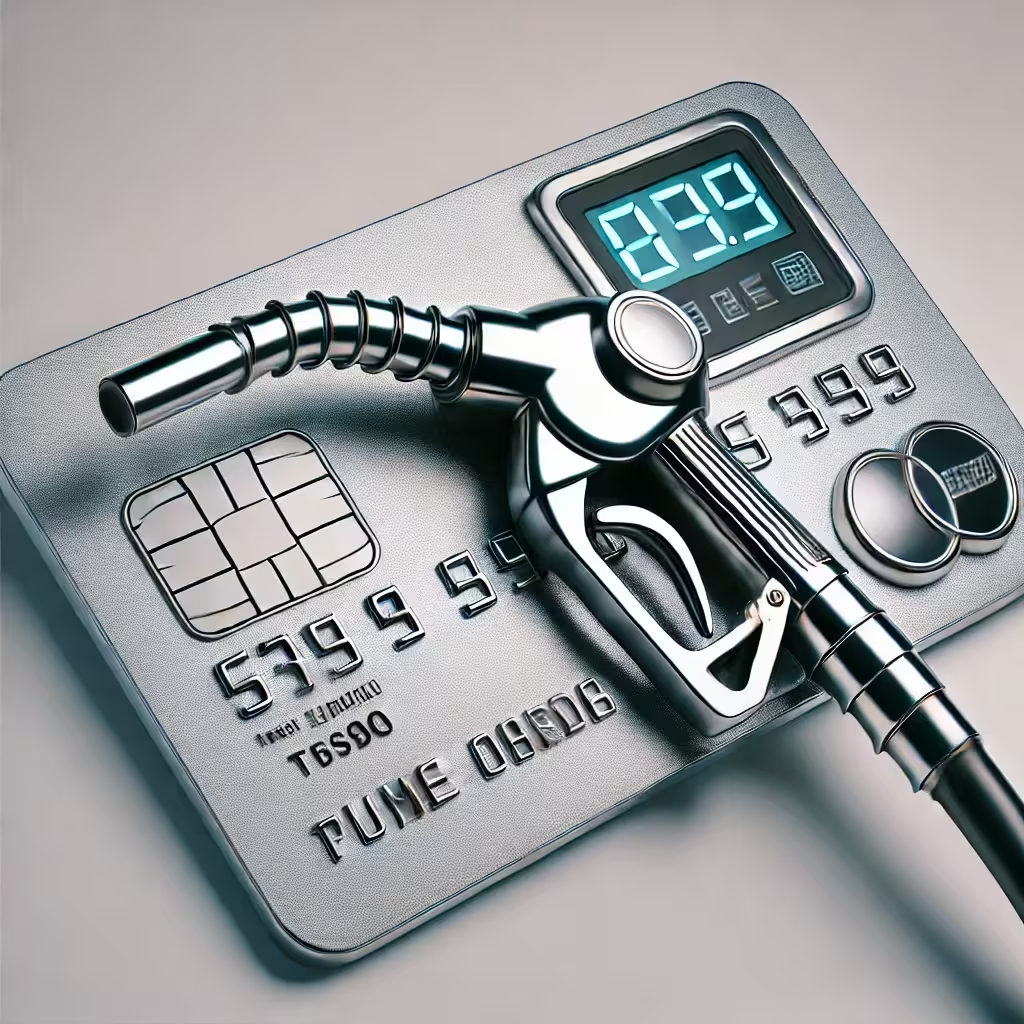8 Minutes
Lowering your vehicle’s fuel consumption is not just a money-saving move—it’s also a commitment to a cleaner environment and more efficient driving. As fuel prices continue to rise and concerns about greenhouse gas emissions mount, more drivers than ever are seeking effective ways to optimize their car’s fuel efficiency. Below, we’ve compiled 10 practical, science-backed techniques to help you save on fuel costs, minimize your carbon footprint, and enhance your overall driving experience.
Why Improving Fuel Efficiency Matters
For drivers worldwide, maximizing fuel economy is crucial for both financial and environmental reasons. Even a 10% reduction in fuel consumption can lead to substantial savings annually and significantly decrease CO2 emissions. According to industry studies, using these efficiency strategies can directly reduce your car’s running costs and contribute to the sustainability of our planet.
Top 10 Essential Tips to Cut Down Fuel Consumption
1. Maintain Optimal Driving Speeds
One of the most significant factors affecting fuel economy is your speed. Automotive experts recommend keeping to an ideal cruising speed—typically between 70 to 90 km/h (about 45-55 mph)—to maximize fuel efficiency. Driving above 100 km/h (62 mph) drastically increases aerodynamic drag and can boost fuel consumption by up to 20%. Utilizing cruise control on highways helps maintain a steady speed, further enhancing efficiency. Avoid rapid acceleration and sudden braking, as these driving habits put extra strain on the engine and waste precious fuel.
2. Check and Adjust Tire Pressure Regularly
Under-inflated tires are a hidden culprit for increased fuel usage. Low tire pressure raises rolling resistance, forcing the engine to work harder. According to the National Asphalt Pavement Association, a slight drop in tire pressure can mean up to a 3% increase in fuel usage. Make it a habit to check and adjust your tire pressure every two weeks for optimal results and improved vehicle safety.
3. Stick to Regular Maintenance and Servicing
Timely vehicle maintenance is key to achieving the best fuel consumption. Replace your air filter, engine oil, and spark plugs as per the manufacturer’s recommendations. A dirty air filter restricts airflow, leading to incomplete combustion and increased fuel demand. Studies reveal that changing a clogged air filter can improve fuel economy by up to 10%. Using the correct engine oil viscosity also minimizes internal friction and boosts engine performance. Routine services—including engine tuning and injector cleaning—are essential for maintaining fuel efficiency over your car’s lifespan.
4. Remove Excess Weight
Carrying unnecessary cargo—whether in the trunk or attached roof racks—puts extra load on your engine. Every additional 45 kg (100 lbs) can raise your fuel consumption by 1-2%. Clear out non-essential items and detach roof racks or bike mounts when not in use. This not only reduces your car’s weight but also enhances aerodynamics, cutting down resistance and improving mileage.
5. Use Air Conditioning Wisely
Running your vehicle’s air conditioning can hike up fuel usage by as much as 20%. At low speeds, it’s more economical to open the windows. However, when driving above 70 km/h (43 mph), open windows increase drag, negating any savings. In such cases, recirculate cabin air using the internal circulation mode. This keeps your interior cool using less energy and fuel.
6. Turn Off the Engine During Long Stops
Idling wastes fuel, especially during traffic jams or long stops at signals. If you’re stationary for more than 30 seconds, it’s more efficient to switch the engine off. Many modern cars are equipped with start-stop systems that handle this automatically. Also, avoid unnecessarily warming up the engine in cold weather, as prolonged idling only results in more fuel waste.
7. Choose the Best Driving Routes
Opt for routes with minimal traffic, fewer stops, and smooth road conditions whenever possible. Avoid bumpy roads or those filled with speed bumps. Navigation apps like Waze or Google Maps can help pinpoint the most efficient paths. Studies suggest drivers can cut fuel consumption by up to 4.5% simply by choosing smoother, less congested routes.
8. Use the Right Fuel Octane
Using fuel with the correct octane rating—specified in your car’s manual or inside the fuel cap—is crucial. Higher or lower octane than recommended can hurt engine performance and increase fuel consumption. Always follow manufacturer guidelines for the best results.
9. Adopt Smooth, Predictable Driving Habits
Your driving style plays a crucial role in fuel efficiency. Aggressive driving, such as rapid acceleration and hard braking, can increase consumption by as much as 15%. A smoother, more defensive driving approach not only saves on fuel but also enhances road safety for everyone.
10. Address Technical Issues Promptly
Malfunctions like faulty oxygen sensors, ignition coils, or fuel injectors can quickly lead to higher fuel usage. Use diagnostic tools to identify error codes, and seek professional repair if the check engine light comes on. Regular engine check-ups ensure your vehicle performs at its best, saving fuel in the long run.

Vehicle Engineering: How Specs and Design Affect Fuel Efficiency
Beyond driving habits, your car’s design and specifications greatly impact fuel consumption. Vehicles with older, less advanced technology—such as many traditional sedans or economy hatchbacks—typically consume more fuel compared to newer, more efficient models equipped with turbochargers, direct injection, and lightweight construction materials. Aero-efficient bodies, low rolling resistance tires, and automatic start-stop can all contribute to significant fuel savings.
Let’s take for example two popular segments: compact city cars versus midsize SUVs. While city cars boast nimble handling, modest curb weights, and small-displacement engines, most larger SUVs tend to be heavier, less aerodynamic, and equipped with bigger engines for power. This naturally results in significantly different fuel economy figures. Comparing specs such as engine capacity, curb weight, and transmission type gives helpful insights when choosing your next vehicle for lower running costs.
Market Positioning: Fuel Efficiency as a Competitive Edge
With global fuel prices on the rise, automotive manufacturers increasingly market their models based on fuel economy. Brands now compete heavily in economy, hybrid, and plug-in hybrid segments, offering customers multiple options for frugal motoring. If you frequently drive in urban settings, selecting a vehicle with proven low fuel consumption—verified by international fuel economy tests—can be a wise investment.
Environmental and Economic Impacts of Consuming Less Fuel
Achieving better miles per gallon (or lower liters per 100 kilometers) translates directly into lower operating costs for families and businesses alike. Even a modest 5% drop in annual fuel use can add up to considerable monetary savings over the course of a year. Environmentally, every liter (about 0.26 gallons) of gasoline saved keeps about 2.3 kg (around 5 lbs) of CO2 out of the atmosphere. Thus, making minor adjustments to your driving and maintenance habits is not only smart for your wallet but also vital for global well-being.
Conclusion: Fuel-Saving Strategies Are a Necessity, Not an Option
Reducing your car’s fuel consumption goes beyond tightening the family budget—it’s about embracing responsible car ownership. Incorporate these straightforward driving, maintenance, and route optimization strategies into your daily routine. Over time, you’ll see a measurable difference in your fuel bills and do your part to protect the planet. In today’s world, improving fuel efficiency is not just a recommendation for drivers—it’s an absolute necessity for a sustainable future.


Leave a Comment